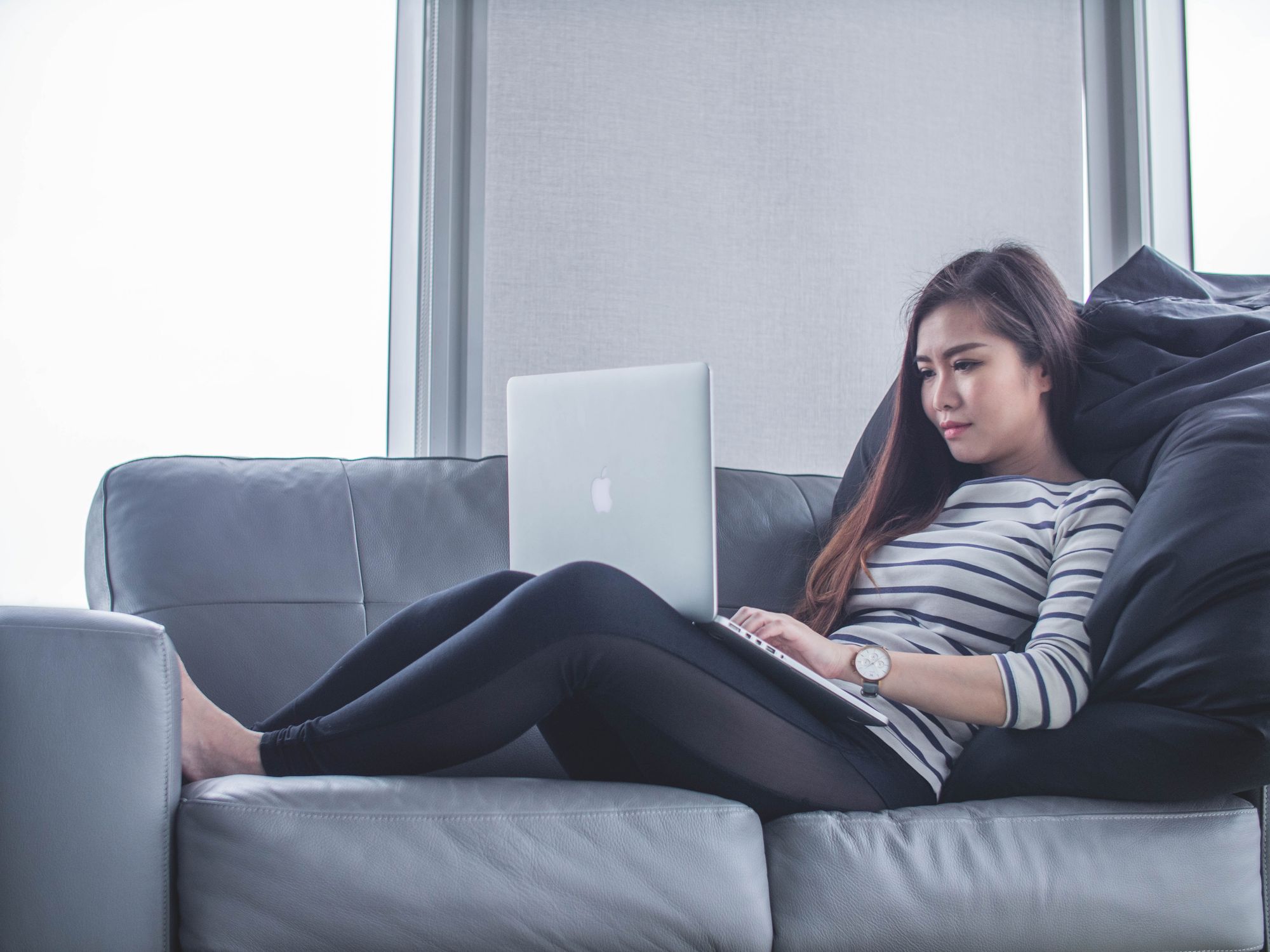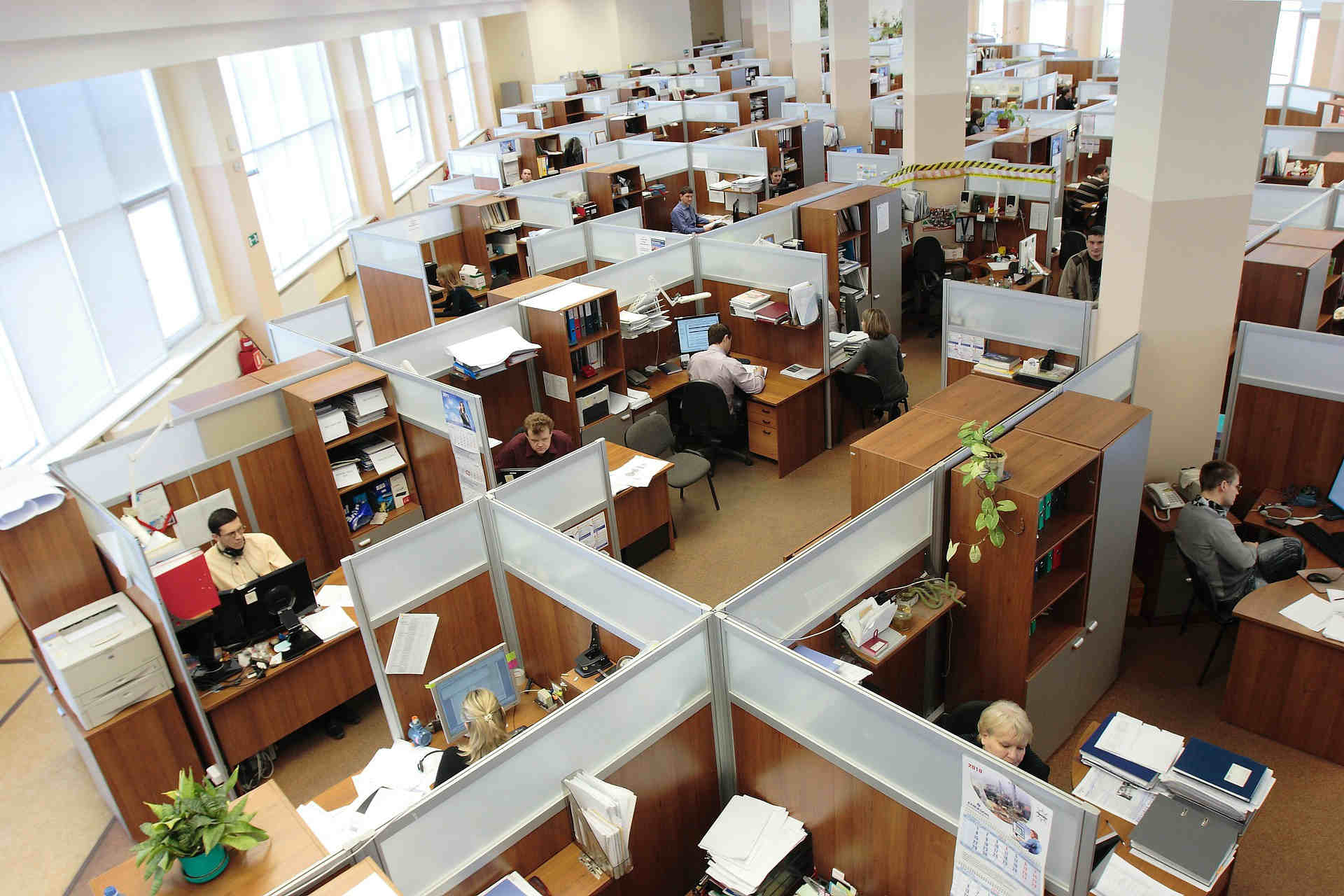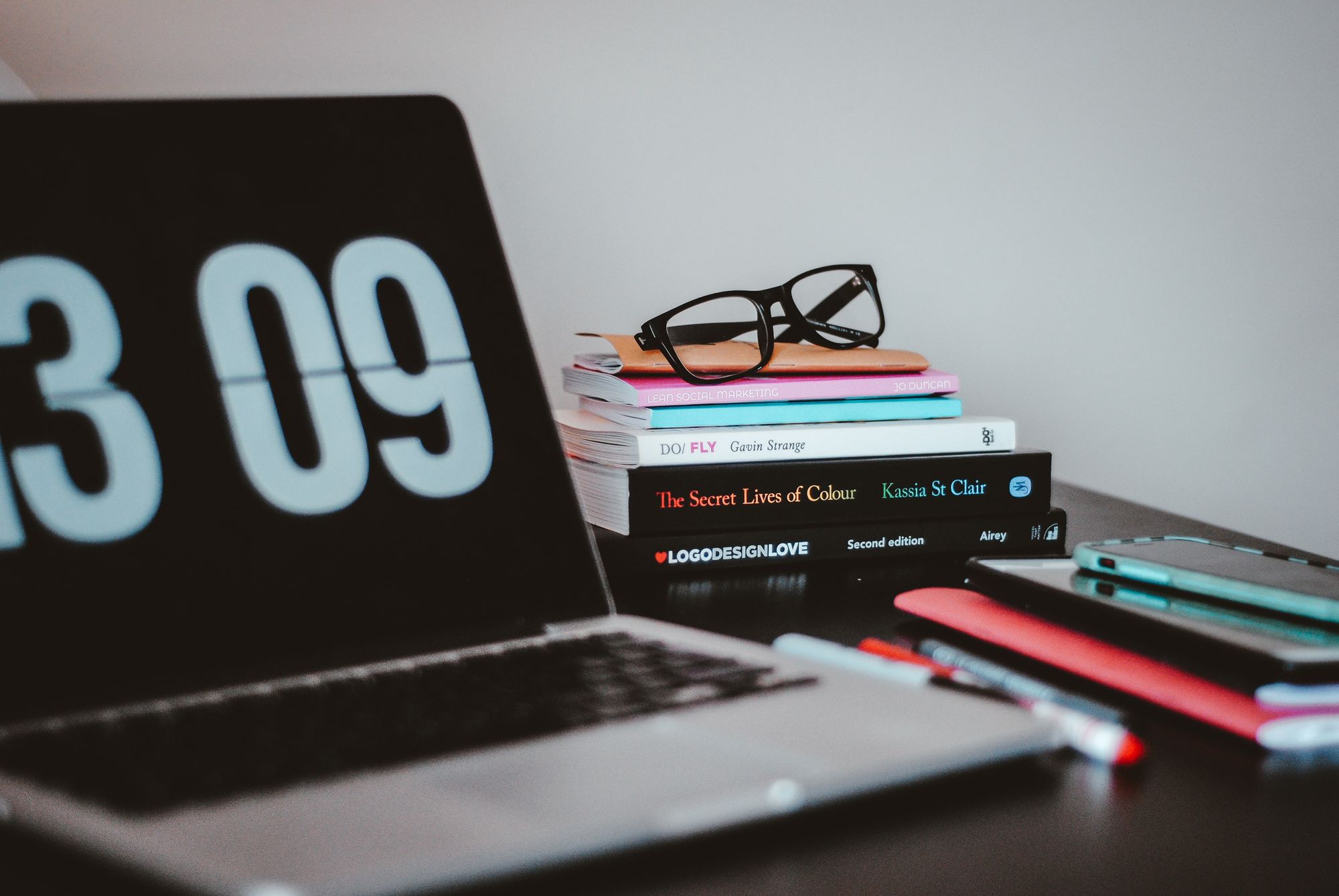Has COVID-19 revealed the myth of the office?
It’s time for the workplace to catch up with a changing world, and change for the good of all.

Wake up. Shower. Brush teeth. Drive car for 45 minutes. Sit at desk for 8 hours. Drive car for 45 minutes. Shower. Brush teeth. Sleep. Repeat.
The daily routine for many office workers across the United Kingdom isn't exactly the stuff of legend. Arduous, routine, and repetitive; it's a system designed to enforce and police behaviours from which the world really has moved on.
Do you arrive at the office at 9 on the dot? No? Let's dock some wages.
Are you spending your entire day on work tasks? Let's check that.
Are you spending too much time chatting or having tea? Let's put CCTV into the office.
These are the mentalities of the 20th Century, where employers obsessed less with output and more with image - the reassuring image of a diligent workforce packed into an uninspiring space, hammering away on keyboards with little chit chat was the source of much comfort to the traditional CEO.

Times have changed.
As a society, there is a pushback against a worklife encroaching ever more into the worker's personal life, and personal privacy. The workplace pioneered in Silicon Valley, built on foundations of flexibility, trust and balance became the aspiration of millenials across the world. For millenials, it's more than an aspiration: it is an expectation. And rightly so.
The astute CEO understands that output is significantly more valuable than hours worked per week. They understand that it is irrelevant whether the job is done at a desktop computer in the office, or a tablet in a coffee shop, if the output is identical.
That is, of course, a huge caveat. Anyone who works in a team will know that there are times when face-to-face communication is irreplacable. However, for the bulk of tasks required of an office worker, there is little in an office environment that would dramatically improve the quality, or volume, of output.
Many businesses which generally acknowledged the viability of home working, but were late to the party either by virtue of a reluctance to fix what they deemed not to be broken, or simply because the infrastructure wasn't in place to enable it.
COVID-19 has changed all that. No longer was working from home a choice – it had overnight become a necessity. Infrastructure was hastily assembled, tools put in place to enable videotelephony, and new routines created to ensure consistent communication were designed. From the anecdotal stories I've heard, most businesses have been pleasantly surprised that performance hasn't dipped. At worst, it seems to have stayed level, and in many areas improved.
Arguably, the coronavirus lockdown hasn't been a fair test of remote working. The true benefits it is designed to instil – namely an improvement in work-life balance and an increased flexibility to juggle personal responsibilties with the working day – have been rendered moot by the coronavirus crisis. People don't have the same life to balance against their work. Their social responsibilites have largely been wiped out. It stands to reason that the uplift associated with these new freedoms haven't even been properly tested, yet.
COVID-19 has demonstrated that remote working can work, and work well. I suggest it can work even better.
Furthermore, I suspect that when people return en masse to office environments, that expectations will have changed. Spending over three months in an environment completely within their control will make it difficult to return to a comparatively inhospitable office environment. The freedoms grown accustomed to will be conspicuously absent in a rigid office environment. It will be hard to go back to the old normal. Nor should we endeavour to.

The flexiblity to work somewhere that suits us is not – as is all to often spewed by traditionalists – the entitled fantasy of avocado-munching millenials. It is not because the office environment is too much to deal with for our poor, snowflakey younger generations. Despite the stereotypes that older generations might perpetuate, it is a simple truth that flexible working has quantifiable, proven benefits that can boost happiness, productivity and profitability. To dismiss them as the whinging of a generation incapable of dealing with hardship is inaccurate, disrespectful and – frankly – ludicrous.
Technologically, it has never made more sense. Reliable, high-bandwidth internet connections enable real-time, high data communication across the world. The diversity of communication platforms from iMessage to WhatsApp to Microsoft Teams enables dialogue between workers in a way unimaginable even fifteen years ago. The world has changed – it's time the workplace caught up.
Hopefully, a renewed and reinvigorated culture of workplace comfort and flexibility will be a silver lining from the undeniable horrors and stresses of the pandemic. Let's be clear they should not be understimated. The unnatural restriction on our movement, social interactions and lives has been devastating, even to those not affected directly by the virus itself.
As with so many other areas of our society we can rebuild differently, which I've alluded to in previous blogs, the workplace is another sphere we can reshape. It is overdue a reimagining in which the aims of the company and the invidual live in harmony, and the life and a career of the worker are not mutually exclusive. Perhaps in another decade, working from an office will no longer be the norm. Perhaps the future lies not in cubicles, desks and instant coffee, but in beanbags, video calls and delicious home brews.

